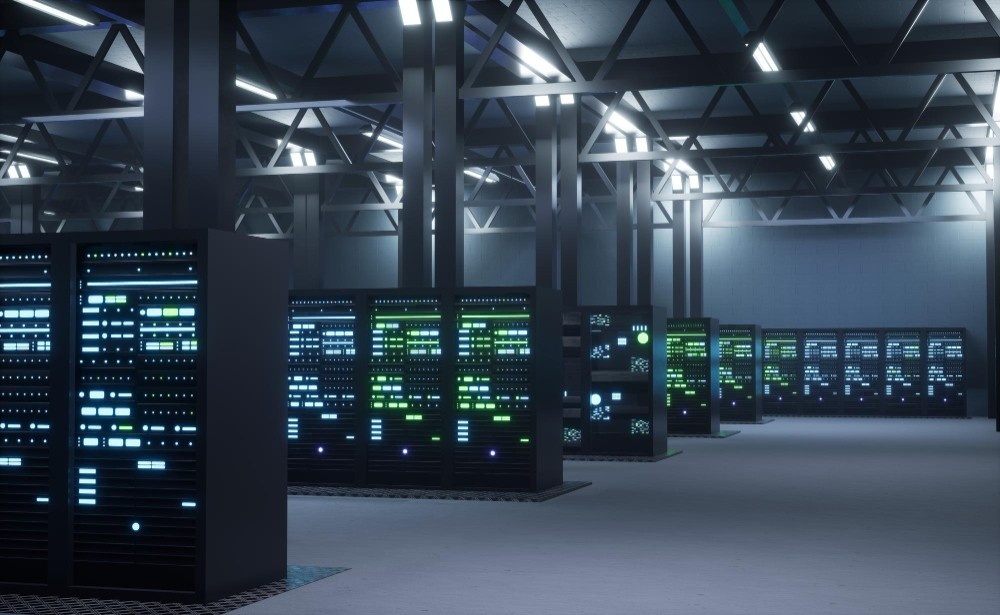
Data Centers: Key Trends and Design Challenges
The global demand for digital services continues to grow at an unprecedented rate, making data centers an integral part of modern infrastructure.
As businesses and governments rely more on digital data storage, processing, and cloud computing, data centers are becoming essential for managing and distributing this information.
This article explores the key trends shaping the future of data centers and the design challenges that come with them.
Why Are Data Centers So Critical in Today’s World?
In today’s digital-first world, data centers serve as the backbone for businesses, governments, and individuals. They house the servers, storage, and network infrastructure that power everything from cloud computing to artificial intelligence, e-commerce, and financial transactions. The need for data centers has skyrocketed with the rise of big data, IoT (Internet of Things), AI, and 5G technology.
As companies generate vast amounts of data, there is an increasing pressure to store, process, and analyze it quickly.
Additionally, the global shift to remote work has further emphasized the importance of reliable and scalable data centers that can ensure uninterrupted service delivery.
Key Trends Shaping the Future of Data Centers
1. Edge Computing and Distributed Architecture
One of the biggest trends in data center design is the rise of edge computing. Edge data centers process data closer to where it’s generated, reducing latency and improving efficiency. As applications like real-time analytics, autonomous vehicles, and IoT devices grow, businesses need to process data faster and more locally.
This trend is driving the shift toward smaller, distributed data centers located closer to end-users. This decentralized approach helps in reducing the burden on large, centralized data centers and ensures faster data processing and reduced latency for applications that require real-time decision-making.
2. Increased Focus on Sustainability
Sustainability has become a critical factor in the design of modern data centers. As the digital economy grows, so does the energy consumption of data centers.
According to the International Energy Agency (IEA), data centers accounted for about 1% of global electricity consumption in 2020.
To mitigate their environmental impact, companies are investing in green data centers that are powered by renewable energy sources like solar and wind.
Additionally, energy-efficient cooling systems, optimized server utilization, and water conservation systems are becoming essential components of sustainable data center design.
3. Hyper Converged Infrastructure (HCI)
Hyper Converged infrastructure (HCI) is an IT framework that integrates storage, computing, and networking into a single system, making it easier to scale and manage data centers. This approach simplifies the management of large, complex infrastructures by reducing the need for traditional hardware and improving efficiency.
With the growing demand for flexible and scalable data storage solutions, HCI is becoming increasingly popular, particularly for businesses that need to scale their operations rapidly. The integration of HCI into data centers is one of the key trends driving operational efficiency and flexibility.
4. Artificial Intelligence and Automation
Artificial Intelligence (AI) and automation are becoming integral to the operation and management of data centers. AI can optimize performance, enhance energy efficiency, and predict hardware failures before they occur. By using machine learning algorithms, AI-driven systems can continuously monitor data center operations, adjust cooling systems, and optimize power usage to reduce operational costs.
The use of robotics for hardware installation and maintenance is also increasing. This helps reduce human error, improve speed, and lower costs in the long term. Automation and AI are making data centers more self-sufficient, efficient, and resilient.
Major Design Challenges in Building Data Centers
1. Energy Efficiency and Cooling Systems
The constant operation of thousands of servers generates significant amounts of heat. Air conditioning or liquid cooling have traditionally been used to prevent overheating, but the processes are often energy-intensive.
Designing data centers with efficient cooling systems is key to reducing energy consumption. Some innovative cooling techniques include free cooling that uses outdoor air, liquid immersion cooling, and the use of cooling towers. These methods help reduce the environmental impact while keeping energy consumption in check.
2. Security and Data Protection
As data centers house sensitive information, maintaining the security and integrity of this data is paramount. Data breaches, hacking, and physical theft are ongoing concerns, making data center security a critical aspect of design.
Modern data centers need to integrate multi-layered security systems that include firewalls, biometric access controls, surveillance cameras, and advanced encryption technologies. The design must include secure perimeters, redundant security systems, and backup power to ensure that data remains safe even in the event of a disaster.
3. Scalability and Future-Proofing
Data centers must be designed to accommodate future growth. As data storage needs increase, the facility’s infrastructure needs to be scalable without requiring a complete overhaul. Data centers should be designed modularly, so that additional capacity can be added easily.
Additionally, future-proofing involves considering emerging technologies such as 5G, quantum computing, and blockchain, which may require new kinds of infrastructure. Data center designers must create flexible spaces that can accommodate future hardware upgrades and evolving technologies.
4. Compliance with Regulations
Data centers must comply with a range of regulations related to data privacy, environmental protection, and health and safety. In India, data centers must adhere to laws such as Data Protection Laws, Green Building Standards (IGBC), and Energy Conservation Building Codes (ECBC).
Navigating these regulations can be complex, and ensuring that the facility remains compliant requires careful planning and regular audits. Data centers are also subject to regional laws, which can vary depending on the location, making compliance an ongoing challenge for operators.
Designing for the Future of Data Centers
Designing data centers for the future requires addressing the trends and challenges shaping the industry. From integrating edge computing and AI to improving energy efficiency and ensuring robust security, the design and operation of data centers are evolving rapidly.
For businesses looking to design and build state-of-the-art data centers, VMS Consultants offers expertise in engineering, architecture, and project management. We specialize in creating efficient, secure, and sustainable facilities that meet the needs of tomorrow’s digital economy.
Contact us today to start your data center project.






